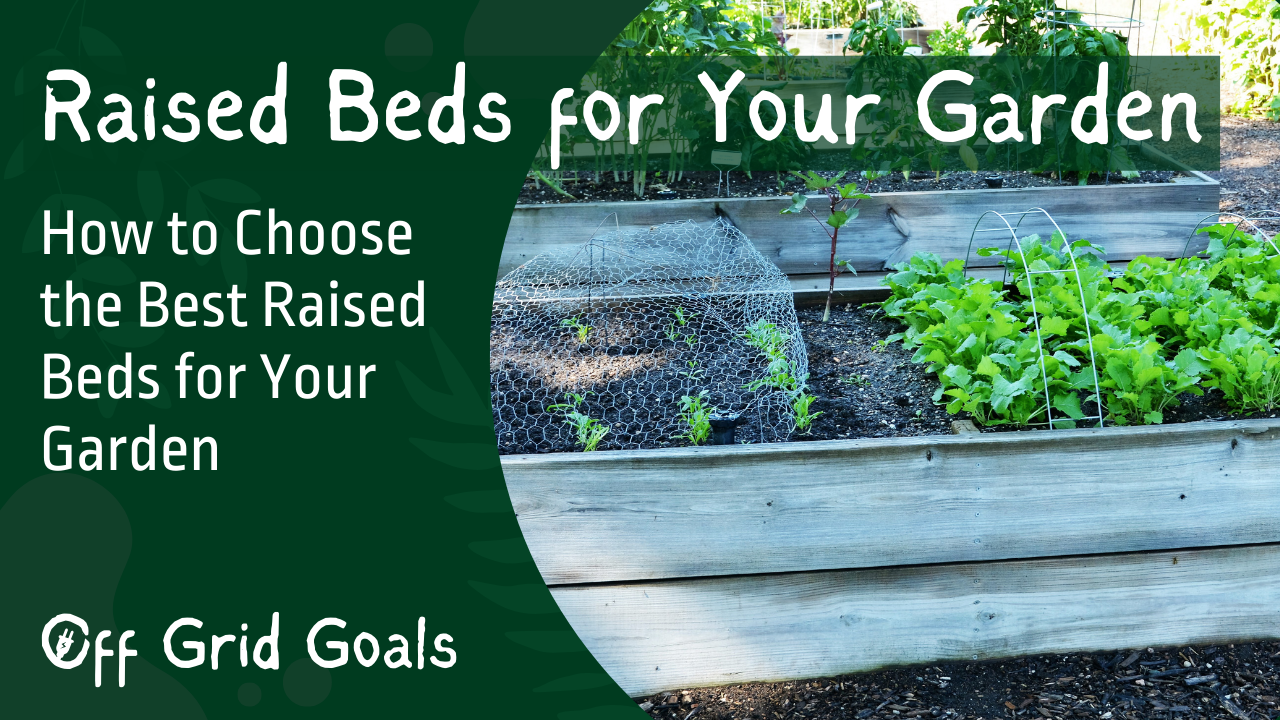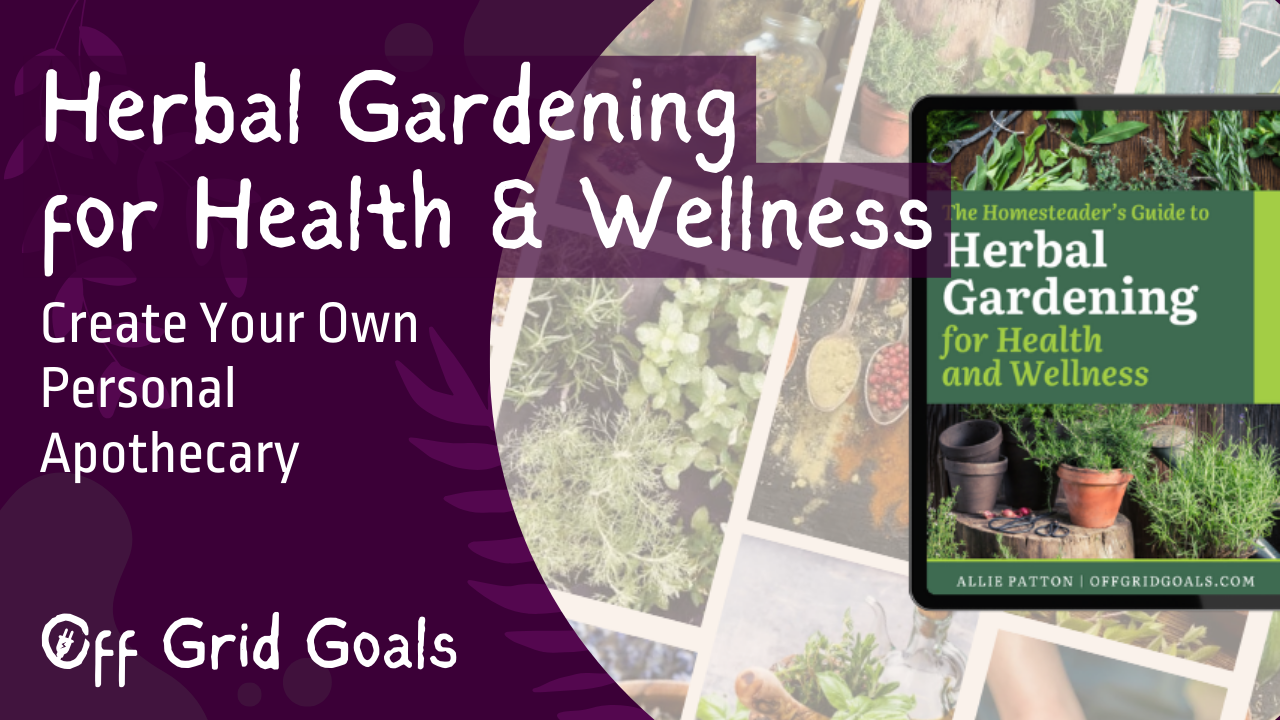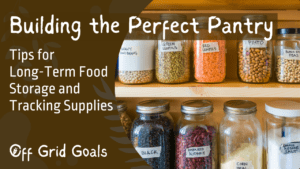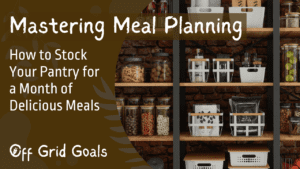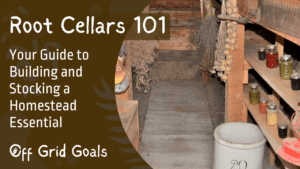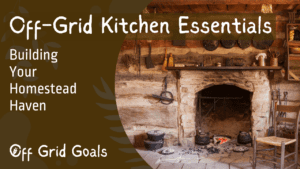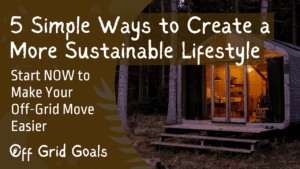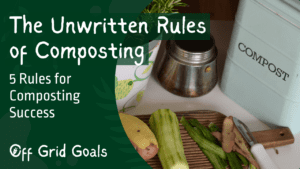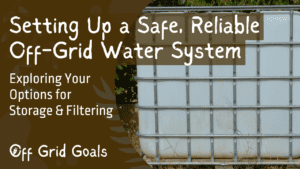Are you using raised beds in your garden? They can be amazing for growing vegetables!
They provide excellent drainage and soil aeration, and can help protect your crops from pests and weeds.
And you’ve got choices! So, let’s look at the options so you can choose the best raised garden beds for you.
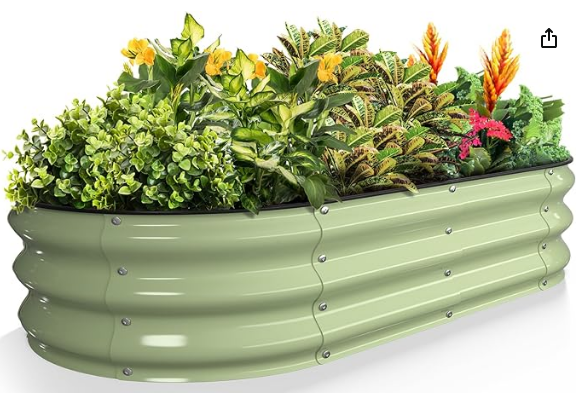
Materials for Raised Beds
- Wood: Cedar and redwood are popular choices for raised garden beds due to their durability and resistance to rot. Cedar, in particular, contains natural oils that help repel pests and fungi.
- Composite: Composite materials, such as recycled plastic or composite wood, offer durability and low maintenance. They’re resistant to rot, pests, and moisture, making them a long-lasting option.
- Metal: Galvanized steel or aluminum raised beds are sturdy and durable, with excellent longevity. They’re resistant to rust and corrosion, making them suitable for all weather conditions.
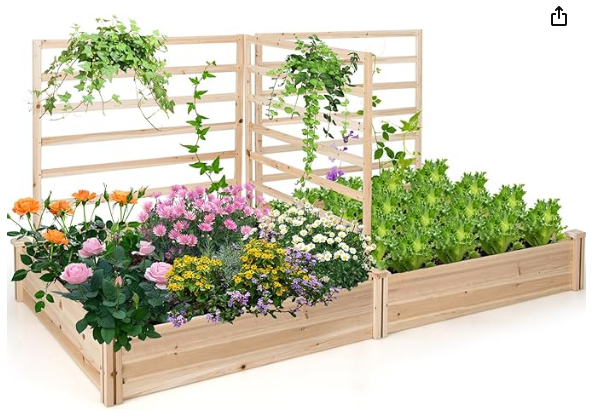
Shapes and Sizes
- Consider the size and shape of your raised garden bed based on the available space in your garden and your gardening needs. Rectangular beds are common and easy to access, while square beds maximize growing space. Circular or irregular shapes can add visual interest to your garden.
- Opt for a height that suits your gardening style and physical abilities. Raised beds typically range from 6 inches to 3 feet in height, with taller beds being easier to work in for those with mobility issues.
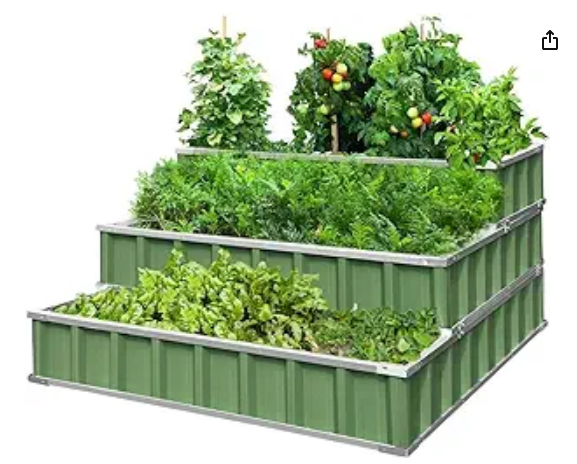
DIY vs. Ready to Use
- DIY: Building your own raised garden bed allows for customization in size, shape, and material. It can be a cost-effective option if you have the skills and tools to construct it yourself.
- Ready to Use: Prefabricated raised garden beds are ready-made and easy to assemble. They’re a convenient option for those without carpentry skills or time to build their own beds.
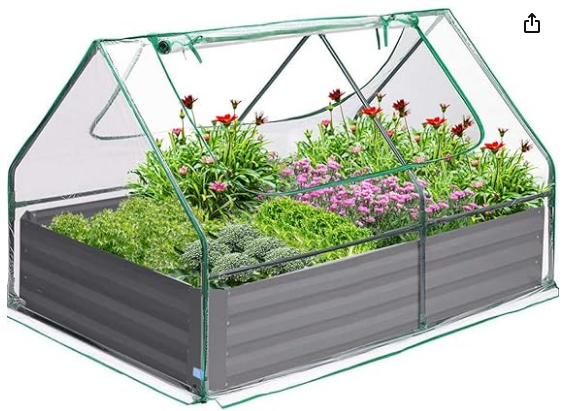
Optional Features
- Irrigation: Consider adding irrigation systems, such as drip irrigation or soaker hoses, to your raised garden bed to ensure consistent watering and optimal plant growth.
- Covers: Row covers or hoop houses can help protect your crops from pests, harsh weather, and frost, extending the growing season and improving yields.
- Trellises: For vining plants like tomatoes, cucumbers, and peas, adding trellises or supports to your raised garden bed can help maximize space and encourage vertical growth.
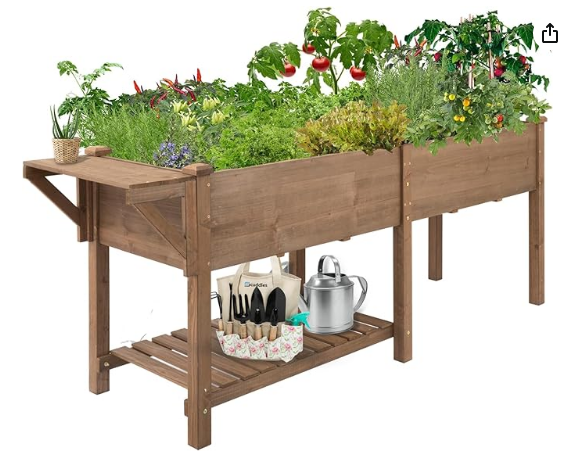
Accessibility and Comfort
- Choose a raised garden bed style that’s accessible for planting, maintenance, and harvesting. Opt for a height that allows you to comfortably reach all areas of the bed without straining or bending over.
- Consider adding pathways or stepping stones around your raised garden bed to provide easy access and prevent soil compaction.
Take some time to consider what you want in your raised beds and what features matter most for your particular garden layout and needs, then have fun!

